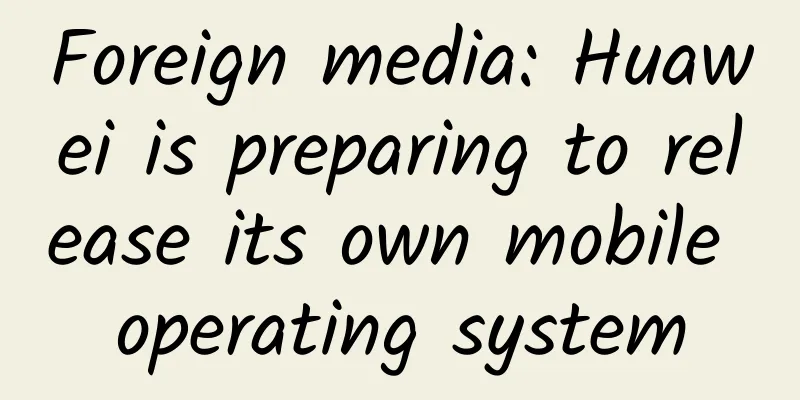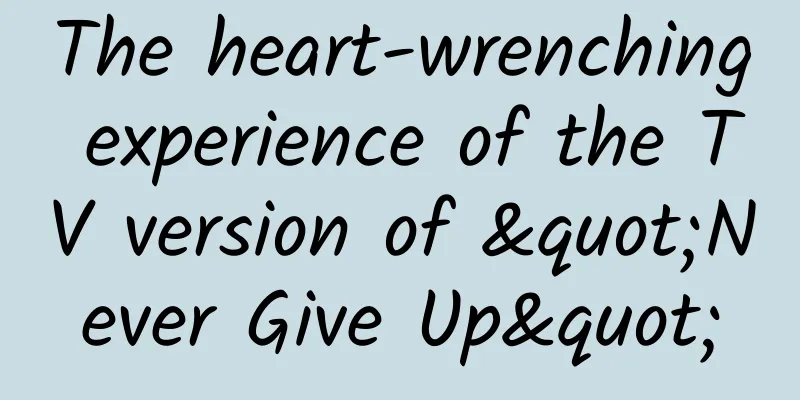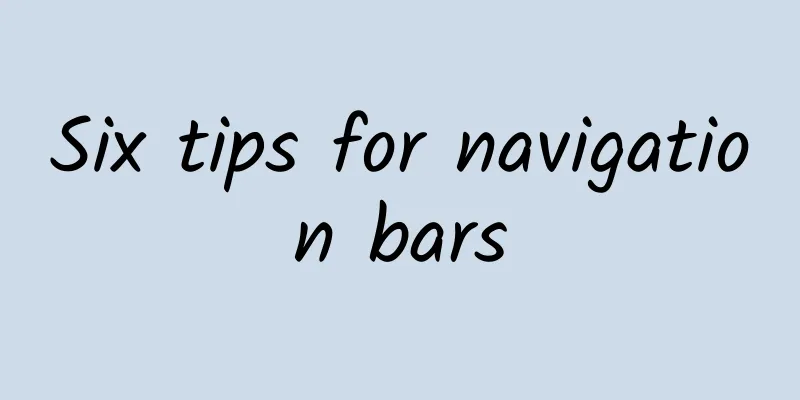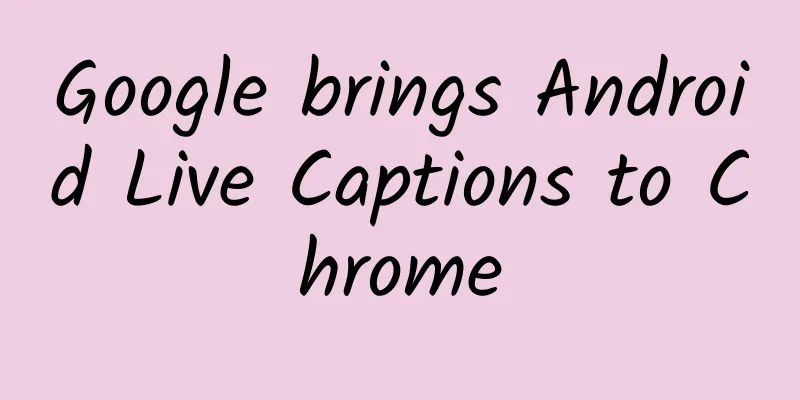How to make a good online event promotion plan?

|
In marketing psychology, herd mentality, the mentality of being greedy for small profits, a sense of urgency, and a sense of loss can be said to be the four most commonly used and proven psychological factors. Especially for an online event promotion , if you can grasp these points at the same time, based on the right time, right place and right people, it will be difficult not to succeed. So, today I would like to talk about some of my ideas on online event promotion. 1. Purpose of the activity The direct purpose of any online activity is to promote sales. The cycle of an activity is generally controlled within 3 to 10 days. If the time is too short, the communication effect will not be enough; if the time is too long, consumers will feel tired. Don’t underestimate these 3 to 10 days of activities, as they can often generate a month’s worth of sales or even more. While making profits, companies can also improve their own image and accumulate popularity through activities, providing a user base for future sales. On the other hand, they can let users know the company's culture and the ideas it conveys. To put it bluntly, it helps companies become familiar to them so that they will think of you next time they want to make a purchase. A successful online event will comprehensively improve profits, corporate image and user stickiness. 2. Objects of the activity The analysis of activity objects is one of the most important links in activity planning, which is the premise of activity planning and post-production. As an advertising planner, you must have an in-depth understanding of your audience's gender, age group, hobbies, gathering place, consumption concept, economic ability, and even their sleep and rest schedules, as well as their psychological reactions when they see your ad. Only by knowing yourself and your enemy can you fight a hundred battles without danger. For example, if you are making products for middle-aged people, but your event plan is full of trendy terms and exaggerated design styles, that would be inappropriate. 3. Activity plan The plan of an event is the reason (excuse) for doing the event. General reasons for events include major holidays, anniversaries, major event marketing... The core of these plans is high credibility. In fact, the plan of an event does not need any novel ideas (of course it would be better if you have good ideas). The purpose is to be able to justify your own claims and make consumers believe that your event is real and effective. First of all, the content of the activity should be as concise and eye-catching as possible. This is an era where information is flying all over the place. How can you make consumers understand what you mean within a limited time? The key is to highlight the theme, refine the text, and convey the core content; Second, find the right entry point. For example, when everyone is doing festival activities, how you interpret the meaning of the festival from another perspective and find this entry point is half the battle. 4. Forms of event promotion Generally speaking, activities can be divided into online and offline forms. There are many offline activities, such as the common hosting, poster promotion, outdoor and vehicle body promotion, leaflet distribution and banners, autograph sessions, etc. The effect is also good, which will be discussed later. So what are the forms of online promotion? I have listed a few:
5. Three elements in the activity First point: build momentum before the event. You should start to create atmosphere and suspense two days before the event. The more mysterious something is, the more interested people will be in it. Just like if you put a wooden barrel on the street with a lid covered and a note saying "Don't look inside" on it, I believe many people will still be driven by curiosity to take a look. The most important thing in the promotion stage at the beginning of an event is to arouse consumers' curiosity and make them want to find out more, but you need to hold back and not let them see it. Understand that you can only promise them what they expect. Second point: climax of the activity At the beginning of the event, you need to give consumers what they want most, whether it is a discount or an additional gift. Only when they get a surprise will it help your secondary promotion. The first orgasm cannot last long. You need two or three continuous small orgasms for the best effect! Third point: emotional investment after the activity Generally, after an event is over, if your after-sales service staff provides caring questions or greetings as soon as possible, it will make consumers feel trust. On the one hand, this will stabilize consumers' emotions, and on the other hand, it will enhance the sticky relationship between the company and consumers. Author: Network Source: Internet |
>>: Key points for producing native video advertising creatives, get new techniques!
Recommend
Key APIs and techniques for adjusting Android brightness to achieve personalized APP brightness settings
Android system brightness adjustment Android syst...
How can new media create year-end promotional hits?
In order to give some inspiration to colleagues w...
Can the new mission that SpaceX plans to launch really overturn the theory of general relativity?
Introduction: Finding out the true nature of dark...
"Fake gold" is not afraid of fire! A gold bracelet worth nearly 30,000 yuan actually contains only 10 grams of gold. Beware of new counterfeiting methods!
In recent times, international gold prices have r...
The secret to increasing information flow conversion rate from 3% to 13% lies here!
The effect is poor. What went wrong? First, let’s...
Master the skills of Reiki magnetic field 1PDF
Master the skills of Reiki magnetic field 1PDF Sk...
How to write a promotional copy that goes viral with product thinking
When we see a good product review article, we oft...
How SEO Got My App 150,000 Downloads
After reading this article, I have a question: th...
11 types of short video titles with high clicks!
In addition to attracting clicks, a good short vi...
How much does it cost to make a geotechnical building materials mini program in Karamay?
More and more businesses are paying attention to ...
Samsung Note7 "fully revived" refurbished and available for sale, but not in China
2016 was a year of great changes for the entire m...
How to do content marketing for To B business?
When it comes to To B operations, content marketi...
AlphaGo is just the beginning, artificial intelligence will usher in an explosion
The final round of the man-machine Go battle came...
What I mean is, is it necessary to remove armpit hair?
Review expert: Zhang Yuhong Zhengzhou Central Hos...
This new project is harvesting primary school students, one card can be sold for 210,000! Be careful
Since its inception, card-drawing mobile games ha...









